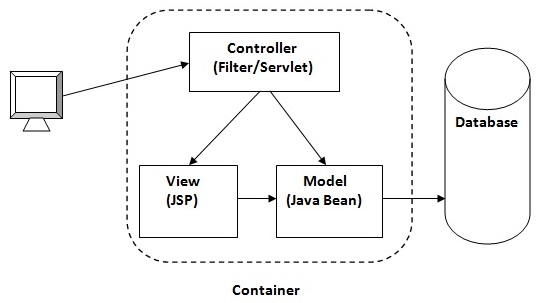Interview :: Struts
1) What is Struts?
2)
What is the difference between struts1 and struts2?
| No. | Struts1 | Struts2 |
|---|---|---|
| 1) | Action class is not POJO. You need to inherit abstract class. | Action class is POJO. You don't need to inherit any class or implement any interface. |
| 2) | Front controller is ActionServlet. | Front Controller is StrutsPrepareAndExecuteFilter. |
| 3) | It uses the concept of RequestProcessor class while processing request. | It uses the concept of Interceptors while processing the request. |
| 4) | It has only JSP for the view component. | It has JSP, Freemarker, Valocity etc. for the view component. |
| 5) | Configuration file name can be [anyname].xml and placed inside WEB-INF directory. | Configuration file must be struts.xml and placed inside classes directory. |
| 6) | Action and Model are separate. | Action and Model are combined within action class. |
3) What is MVC?
4) What is interceptor?
5) What are the life cycle methods of interceptor?
6) What is ValueStack?
7) What is ActionContext?
8) What is ActionInvocation?
9) What is OGNL?

